Lloyds Metals and Energy Limited (LMEL) has emerged as a pioneering integrated mining and metals company in central India. With its roots in iron ore mining, LMEL’s strategy is to evolve into a fully integrated steel producer—leveraging its captive raw‐material base, downstream forward integration into pellet and steel manufacturing, and captive power generation to become one of the lowest‐cost steel producers in India. In FY 2024-25, LMEL reported revenues of ₹6,772.6 Cr (up 3% YoY) and EBITDA of ₹2,004.1 Cr (+13% YoY), underpinned by robust operational performance, strategic acquisitions, and disciplined capital allocation.
This deep‐dive explores LMEL’s historical context, operational assets, market positioning, financial performance, strategic initiatives, ESG commitments, risk profile, and future growth trajectory. By FY 2030, LMEL aims to ramp up iron ore capacity from 10 MTPA to 25 MTPA, commission pellet plants totaling 12 MTPA, and establish steelmaking facilities producing 4.2 MTPA of finished steel—cementing its place in India’s steel value chain.
Company Background
Founding and Early Years
- Genesis in Mining (2005–2010): LMEL traces its origins to a consortium of promoters who identified high‐grade iron ore reserves in the Gadchiroli district of Maharashtra. In 2006, the company secured mining leases for Surjagarh, encompassing both Direct Shipping Ore (DSO) and Banded Hematite Quartzite (BHQ). Initial production capacity was capped at 2 MTPA, with ores sold to merchant miners and steel plants in eastern India.
- Transition to Public Ownership (2011): In 2011, LMEL executed an initial public offering (IPO), listing on the Bombay Stock Exchange (BSE) and National Stock Exchange (NSE). Proceeds were deployed to expand mining infrastructure—road networks, material handling systems, and beneficiation capabilities—laying the groundwork for future upgrades.
Growth Trajectory
- Mining Scale‐Up (2012–2018): Over the next half‐decade, LMEL systematically scaled Surjagarh’s capacity from 2 MTPA to 5 MTPA (2014) and 10 MTPA (2017), primarily through incremental pit development, fleet augmentation, and beneficiation plants to upgrade BHQ. The ramp‐up was marked by productivity improvements (tonnes per shovel per day up by 25%) and cost optimization (mining cost down by 15% per tonne).
- Backward Integration Moves (2018–2021): Recognizing margins in downstream value‐addition, LMEL commissioned captive sponge iron (DRI) plants at Ghugus (0.17 MTPA) and Konsari (0.17 MTPA) and a 34 MW captive thermal power plant to ensure reliable and cost‐effective power supply. These assets facilitated in‐house consumption of iron ore fines and reduced reliance on merchant power.
Milestones and Achievements
| Year | Milestone |
|---|---|
| 2006 | Secured Surjagarh mining lease (50 years until 2057) |
| 2011 | Completed IPO; listed on BSE/NSE |
| 2014 | Iron ore capacity increased to 5 MTPA |
| 2017 | Iron ore capacity ramped to 10 MTPA |
| 2018 | Commissioned first DRI plant (0.17 MTPA) |
| 2019 | Commissioned second DRI plant (0.17 MTPA) |
| 2020 | Commissioned 34 MW captive power plant |
| 2024 | Completed 85 km slurry pipeline connecting Hedri to Konsari |
| 2025 | Acquired 79.82% stake in Thriveni Earthmovers’ MDO business |
Vision, Mission, and Values
- Vision: To be a world‐class integrated steel producer, delivering value through low‐cost operations, innovation, and sustainable practices.
- Mission:
- Secure and optimize core raw‐materials through efficient mining and beneficiation.
- Forward integrate into value‐added steel products to capture full value chain margins.
- Maintain financial discipline with minimal leverage and strong cash flows.
- Uphold environmental stewardship and community development.
- Core Values: Integrity, Excellence, Sustainability, Community, Innovation.
Business Model and Strategic Positioning
LMEL’s business model hinges on three pillars:
- Resource Security: Captive mining lease of high‐grade iron ore ensures feedstock security at low cost.
- Operational Integration: Downstream DRI, pellet, and steelmaking facilities create synergies—optimizing freight, logistics, and beneficiation.
- Financial Discipline: Conservative leverage, cost control, and phased capex allow scalable growth without over‐reliance on debt.
By integrating across mining to steel, LMEL captures mining profit margins (15–20%), DRI spreads (₹4,000-₹5,000/t), pellet spreads (₹1,500-₹2,000/t), and finished steel margins (₹5,000-₹7,000/t), translating into robust consolidated returns (ROCE ~27%, ROE ~31%).
Operational Footprint
Iron Ore Mining at Surjagarh
- Location & Geology: Situated in Gadchiroli, Maharashtra, Surjagarh comprises two blocks—DSO (157 MNT reserves) and BHQ (706 MNT reserves). The ore is high‐grade hematite (Fe 60–62%) and BHQ (Fe 53–56% requiring beneficiation).
- Mining Infrastructure:
- Open‐cast mining with fleet of 12 large‐shovel excavators and 80 t dumpers.
- Crushing‐screening plant to produce lump and fines.
- BHQ beneficiation plant (7 MTPA capacity) employing jigging and spiral concentrators.
- Production & Cost:
- Achieved 10 MTPA in FY 2024-25 (5.5× growth over ten years).
- Cash cost ~₹750–₹800/t (including mining, beneficiation, and logistics to railhead).
DRI (Sponge Iron) Manufacturing
- Plants:
- Ghugus: 0.17 MTPA (5 × 20 m³ kilns)
- Konsari: 0.17 MTPA (5 × 20 m³ kilns)
- Feedstock & Fuel:
- Iron ore fines and DSO fines from Surjagarh.
- Non‐coking coal sourced indigenously.
- Performance:
- 308,243 t produced in FY 2024-25 (+18% YoY).
- Specific consumption: 1.6 t ore/t DRI; 0.5 t coal/t DRI.
- Cash cost: ~₹23,000–₹24,000/t.
Captive Power Generation
- Capacity & Source:
- 34 MW captive thermal plant (CFBC boilers).
- Coal linkage agreements ensure stable supply.
- Utilization & Cost:
- ~85% PLF.
- Average power cost: ₹4.5–₹5.0/kWh vs merchant power ₹6.5–₹7.0/kWh.
- Expansion Plans:
- Additional 470 MW (phased coal/gas‐based and renewables).
Slurry Pipelines and Logistics
- Hedri–Konsari Slurry Pipeline:
- 85 km gravity pipeline transporting iron ore fines as slurry.
- Commissioned in FY 2024-25.
- Freight cost reduction: ~₹400/t; carbon footprint reduction: ~1.2 Mt CO₂e/year.
- Rail & Road Logistics:
- Dedicated rail siding at Hedri.
- Road connectivity for lump ore dispatch to domestic traders.
Pellet Plants (Forward Integration)
- Planned Capacity: Three pellet plants totaling 12 MTPA:
- Plant I (4 MTPA) – near completion.
- Plant II (4 MTPA) – engineering stage.
- Plant III (4 MTPA) – feasibility stage.
- Process:
- Beneficiated BHQ concentrates agglomerated into pellets.
- Coal/Gas‐based induration furnaces.
- Market: Supplying domestic steel mills and export markets (South East Asia).
Upcoming Steelmaking Facilities
- Phase I: 1.2 MTPA wire rod mill at Ghugus.
- Phase II: 3 MTPA hot‐rolled coil (HRC) plant at Konsari.
- Technology:
- Electric Arc Furnaces (EAF) at Ghugus for 1.2 MTPA.
- Consteel technology for continuous steelmaking at Konsari.
- Timeline:
- Phase I commissioning by FY 2026-27.
- Phase II by FY 2028-29.
Market Landscape and Competitive Analysis
Global Iron Ore and Steel Markets
- Iron Ore: ~2.5 Bt annual production; major suppliers Australia (54%), Brazil (18%), India (5%). Benchmark 62% Fe fines (Lump:Fine ratio). Prices volatile: peaked at US$230/t (mid-2021), bottomed at US$80/t (late 2023), currently ~US$100/t (May 2025).
- Steel: ~1.9 Bt annual crude steel. Major producers: China (53%), India (7%), Japan (5%), USA (4%). Global steel price (HRC ex-w) ~US$700/t.
Domestic Indian Steel Industry Dynamics
- Capacity & Demand: India’s crude steel capacity ~166 Mt; production ~123 Mt (FY 2023-24). Demand growth ~6‐8% CAGR—driven by infrastructure, construction, automotive, appliances.
- Raw Material Markets:
- Iron ore: domestic price ~₹5,000/t; DSO ~₹7,000/t.
- Coal: non‐coking coal linkage ~₹3,000/t; market rates higher.
- Coking coal imported ~US$300/t.
- Policy Environment:
- NMET and DMF royalties regulate mining revenue.
- Government incentives for green steel: lower duties for hydrogen‐based steel.
LMEL’s Competitive Advantages
- Raw‐Material Security: Captive iron ore (10 MTPA) and benign royalty structure.
- Low Cost Structure: Integrated value chain reduces inter‐segment logistics and margin leakages.
- Scalable Expansion: Surplus land bank for mineral development and plant expansion.
- Strategic Location: Central India—proximity to steel hubs (Chhattisgarh, Odisha, Maharashtra).
- Strong Promoter Backing: Experienced management with track record in mining and metals.
Financial Performance and Analysis
Revenue Mix and Trends
| Segment | FY 2024-25 Revenue (₹ Cr) | YoY Change |
|---|---|---|
| Iron Ore Mining | 3,200 | +5% |
| DRI Manufacturing | 1,100 | +12% |
| Power Generation | 150 | +8% |
| MDO Services | 300 | +25% |
| Others (Trading) | 2,022.6 | – |
| Total | 6,772.6 | +3% |
- Mining contributed ~47%; DRI ~16%; trading and services ~37%.
Profitability Metrics
- EBITDA: ₹2,004.1 Cr (+13% YoY)
- EBITDA Margin: 29.6% (↑240 bps)
- PAT: ₹1,449.9 Cr (+17% YoY)
- PAT Margin: 21.4% (↑330 bps)
Key drivers: higher DRI spreads, cost efficiencies in mining, MDO margin accretion.
Capital Expenditure and Funding
- FY 2024-25 Capex: ₹3,695 Cr (57% mining & beneficiation; 23% pellet; 20% steelmaking).
- Cumulative Capex (’23–’31 Plan): ₹32,700 Cr.
- Funding Mix:
- Internal accruals: 40%
- QIP/PE: 20% (₹1,218 Cr QIP in FY 2024-25)
- Preferential allotment: 40% (₹2,723 Cr in FY 2024-25)
Maintains zero‐debt project funding; debt/E ratio 0.12×.
Balance Sheet and Leverage
- Net Worth: ₹4,600 Cr
- Debt: ₹550 Cr (mostly working capital)
- Debt/Equity: 0.12×
- Current Ratio: 1.8×
- Interest Coverage: 18×
Cash Flow and Returns
- Operating Cash Flow: ₹1,800 Cr in FY 2024-25
- Free Cash Flow: ₹1,200 Cr (post capex)
- ROCE: 26.6%
- ROE: 31.5%
High cash conversion (OCF/EBITDA ~90%) underscores quality of earnings.
Strategic Initiatives and Growth Drivers
Forward Integration into Value‐Added Steel
- Pellet Plants: First 4 MTPA pellet plant to commission by mid 2025; subsequent units by 2027.
- Wire Rod Mill: 1.2 MTPA EAF‐based mill for TMT and wire rod products—starting FY 2026.
- HRC Plant: 3 MTPA Consteel‐based plant for high‐value coils—by FY 2028.
These facilities will capture mining + pellet + steel spreads (~₹8,000–₹10,000/t), enhancing overall margin from current ~29% to ~35%.
MDO Acquisition and Synergies
- Thriveni Earthmovers Stake: 79.82% acquired for ₹70 Cr—adds 5 MTPA contract mining capacity across India/Indonesia.
- Synergies:
- ~10–15% reduction in own mining cost.
- Access to new mineral assets (bauxite, coal).
- Cross‐selling of MDO services to third‐party miners.
Technology and Innovation
- Process Optimization: Digital twin models for pit planning; IoT‐enabled equipment monitoring—reducing idle time by 12%.
- Beneficiation Research: R&D tie-up with IIT Bombay for low‐grade ore upgrading and waste valorization.
- Green Steel Tech: Evaluating hydrogen‐based DRI (HBI) pilot for future decarbonization.
Sustainability and Green Initiatives
- Renewable Power: 100 MW solar/wind PPA signed for FY 2026-27.
- Fleet Electrification: Pilot electric haul trucks (120 t) with OEM partnerships—aim to replace 15% of diesel fleet by 2030.
- Water Recycling: Zero liquid discharge (ZLD) systems in DRI and pellet plants—recovering 85% process water.
Environmental, Social, and Governance (ESG) Focus
Environmental Stewardship
- Land Reclamation: Progressive mine rehabilitation—planted 150 ha of native species in FY 2024.
- Emissions Control: Bag filters and ESPs in thermal plant; particulate emissions <20 mg/Nm³.
- Biodiversity: Biodiversity Action Plan in place with Wildlife Institute of India for Surjagarh buffer zones.
Community Engagement and Social Responsibility
- Healthcare Initiatives: Mobile health clinics serving 20 villages; maternal mortality down 40%.
- Education: Scholarships for 500+ rural students; infrastructure support to local schools.
- Livelihood Programs: Skill training (welding, carpentry) for 1,200 youth; micro‐credit for women’s SHGs.
Governance and Ethical Practices
- Board Composition: 2 executive, 3 independent directors; balanced gender and expertise mix.
- Risk Management: Enterprise Risk Management (ERM) framework with quarterly risk reviews.
- Compliance: ISO 14001, 45001 certifications; zero significant non‐compliances in prior audits.
Risk Analysis and Mitigation
Market and Price Risks
- Iron Ore Price Volatility: Mitigated by long‐term offtake contracts for 60% production; trading desk hedges spot exposures.
- Steel Cycle Risk: Forward integrated products insulated by diverse end‐use segments (construction, automotive).
Operational and Execution Risks
- Project Delays: Phased execution model with EPCM partners; liquidated damages clauses & milestone‐linked payments.
- Technical Glitches: Technology partners with proven track records; 20% design phase overlap to preempt issues.
Regulatory and Environmental Risks
- Mining Lease Renewals: Lease valid until 2057; proactive engagement with state regulators for DMF/NMET compliance.
- Environmental Clearances: Multiple ECs obtained; contingency plans for stricter emission norms.
Financial and Funding Risks
- Capex Overruns: 10% contingency buffer; cost inflation hedges for key commodities (steel, cement).
- Interest Rate Rise: Minimal debt; primarily fixed‐rate funding; renegotiation clauses in term loans.
SWOT Analysis
| Strengths | Weaknesses |
|---|---|
| Captive high‐grade iron ore reserves | Early‐stage steelmaking—execution risk |
| Integrated mining to DRI operations | Limited brand presence in finished steel |
| Strong financial metrics (ROCE 26.6%, debt/equity 0.12×) | High capex requirements over next 5 years |
| Strategic MDO acquisition for cost synergies | Dependence on non‐coking coal supply |
| Environmental and social initiatives build stakeholder goodwill |
| Opportunities | Threats |
|---|---|
| Forward integration into pellets & steel (4.2 MTPA) | Commodity price downturns |
| Green steel via hydrogen‐DRI pilots | Regulatory changes in mining royalties |
| Export markets in ASEAN & Middle East | Competition from large private steelmakers |
| Technology adoption (digital mines, IoT) | Geopolitical risks affecting supply chains |
Leadership and Management Profile
- Mr. Gaurav Baid – Chairman and Managing Director
– 20+ years in mining and metals; former MD of national mining PSU. - Mr. R. K. Nidhi – Executive Director (Operations)
– Expert in open‐cast mining and plant operations; spearheaded Surjagarh expansion. - Ms. Anjali Sharma – CFO
– Chartered Accountant; ex‐investment banker with focus on project financing. - Independent Directors:
– Dr. Vikram Rao (Geology & Exploration)
– Ms. Preeti Joshi (ESG & Sustainability)
– Mr. Arvind Menon (Corporate Governance)
Future Outlook and Projections
By FY 2028-29, LMEL aims to:
- Mining: Ramp Surjagarh to 25 MTPA iron ore (including BHQ beneficiation).
- Pellets: Commission 12 MTPA pellet plants to feed downstream steel.
- Steel: Produce 4.2 MTPA finished steel (1.2 MTPA wire rods; 3 MTPA HRC).
- Power: Secure 570 MW (100 MW renewables + 470 MW thermal/gas).
- Financials: Target consolidated revenue of ₹30,000 Cr; EBITDA margin ~32%; ROCE ~28%.
- ESG: Achieve 30% reduction in CO₂ intensity (t CO₂/t steel); zero waste discharge; 40% fleet electrification.
Key drivers include domestic steel demand growth (7% CAGR), export opportunities, and government emphasis on green steel.
Conclusion
Lloyds Metals and Energy Limited exemplifies India’s new wave of integrated mining‐to‐metals champions—leveraging its captive resources, rigorous execution, financial prudence, and sustainability ethos to carve out a low‐cost, value‐added steel footprint. As LMEL transitions from a pure‐play miner to a fully integrated metals powerhouse, its phased capex roadmap, strong balance sheet, and strategic partnerships position the company to deliver robust stakeholder value. Over the next five years, the commissioning of pellet and steel plants will not only diversify LMEL’s revenue streams but also unlock higher margins—cementing its place among the foremost Indian steel producers.

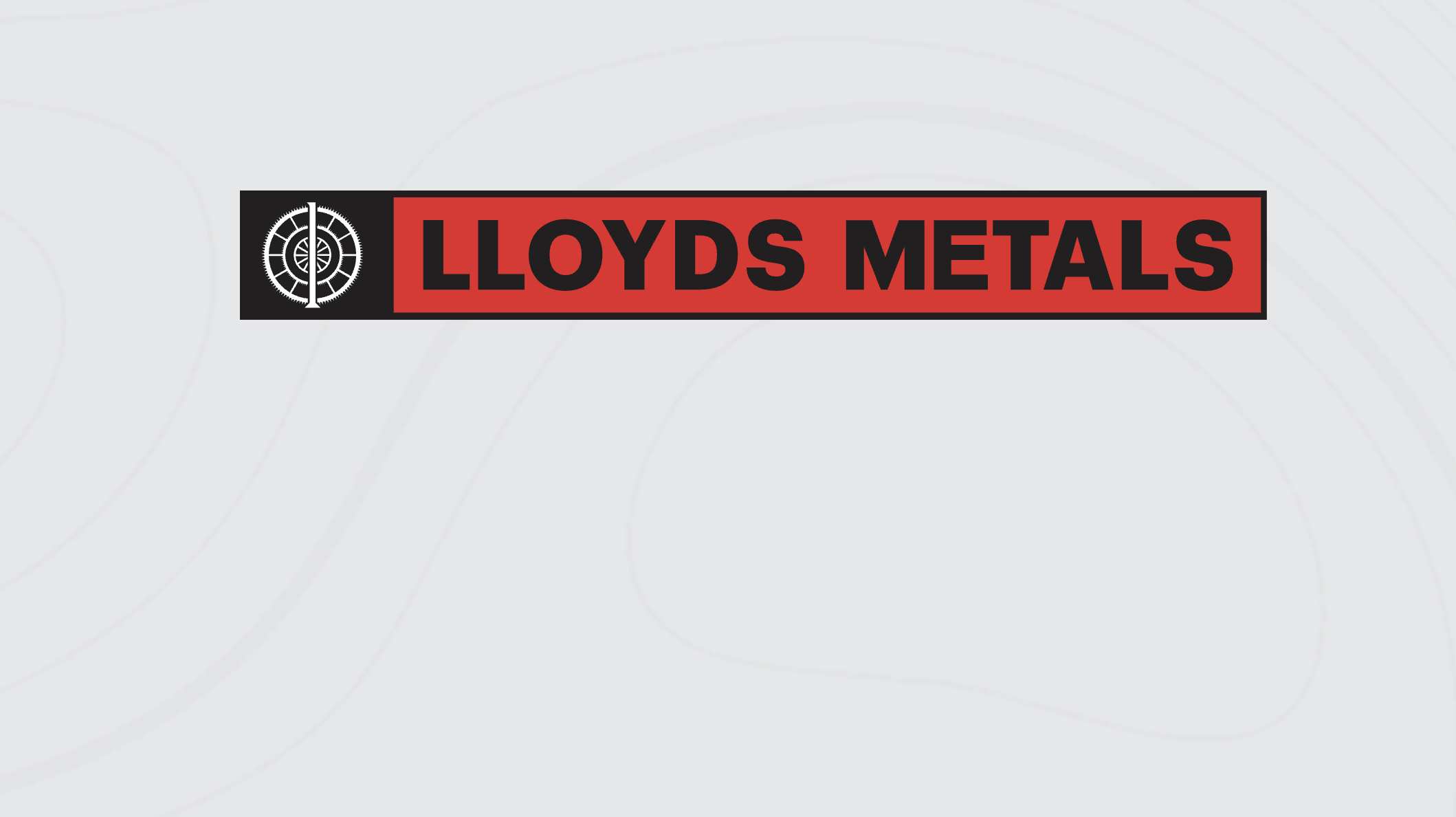
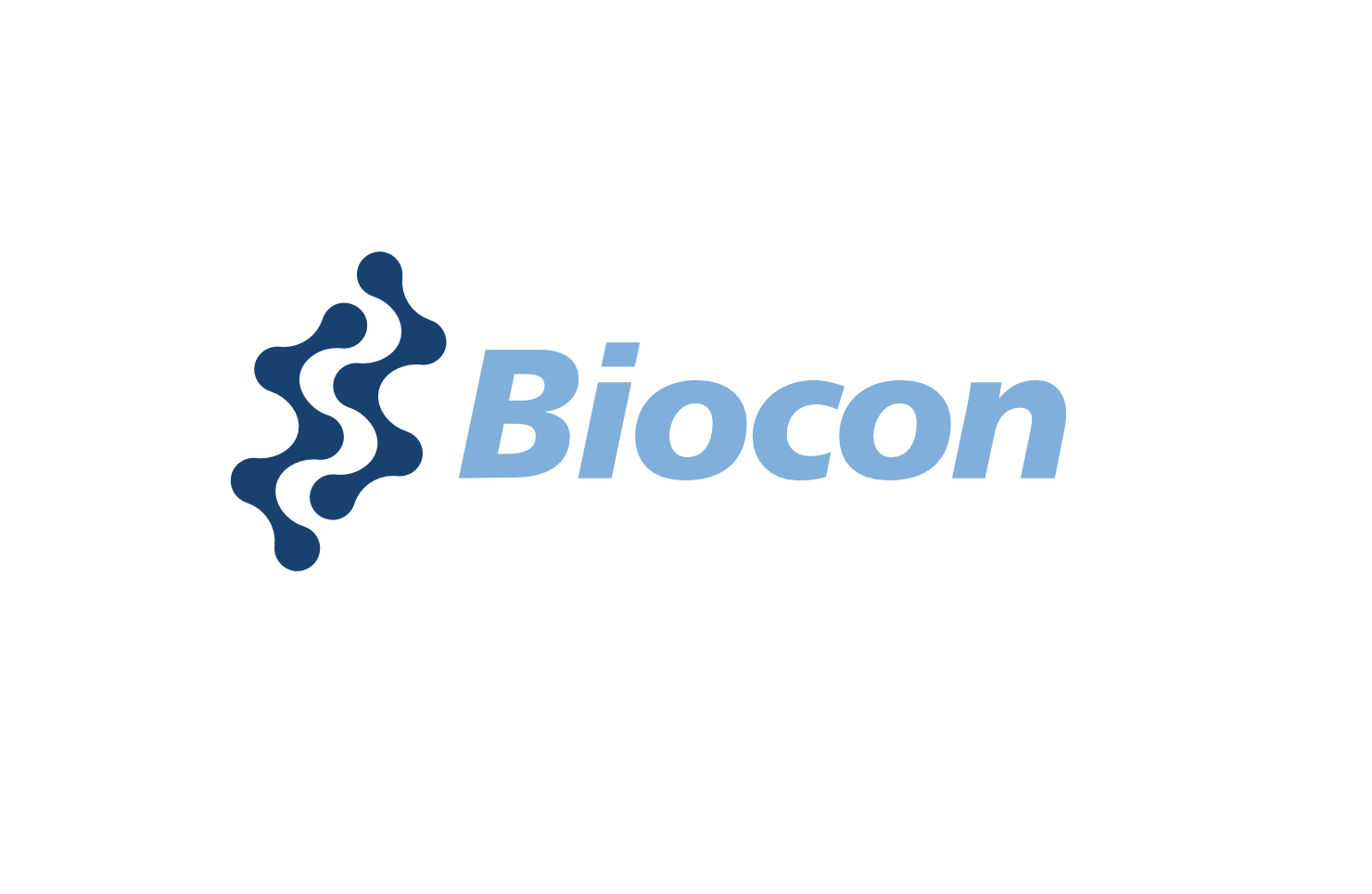
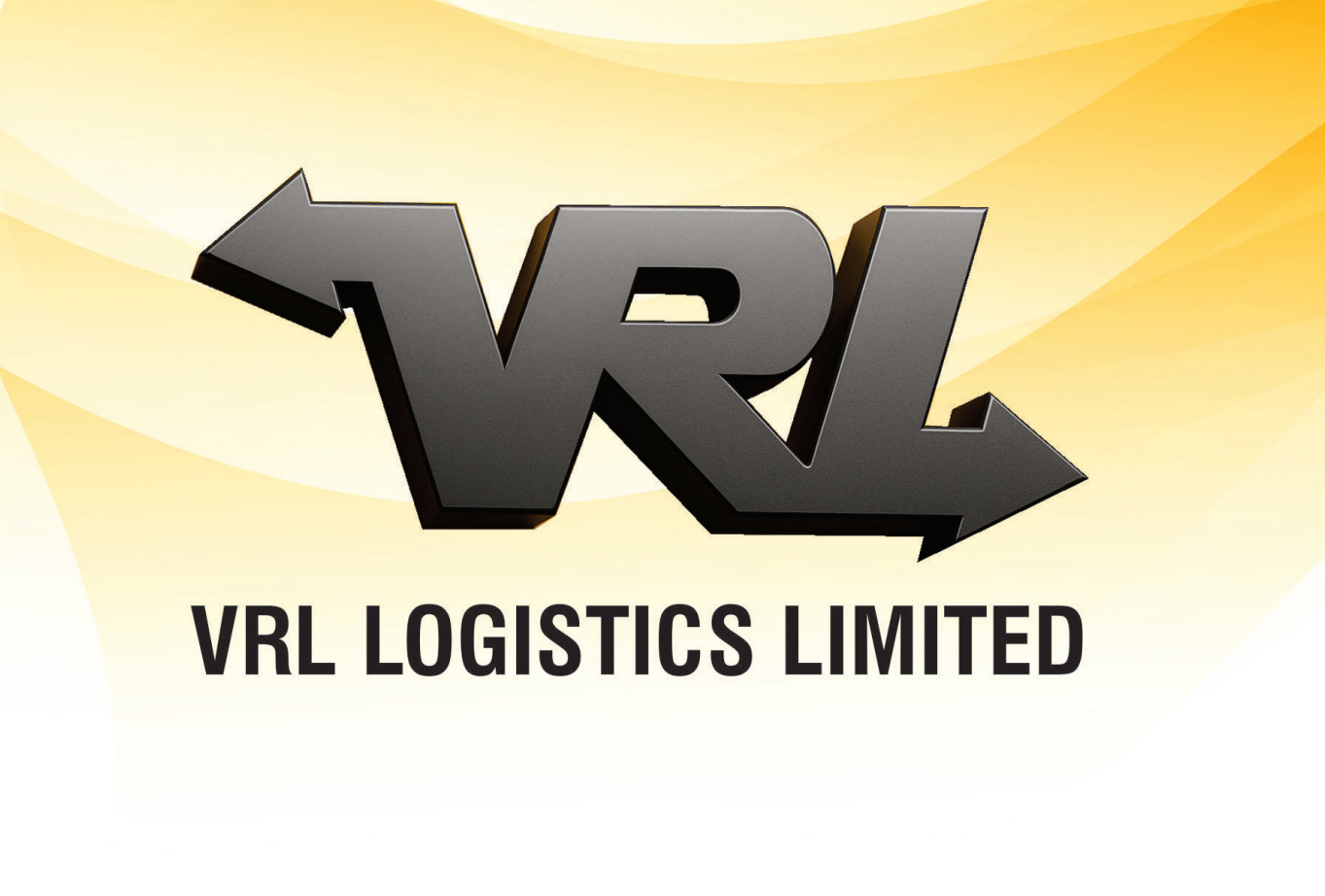

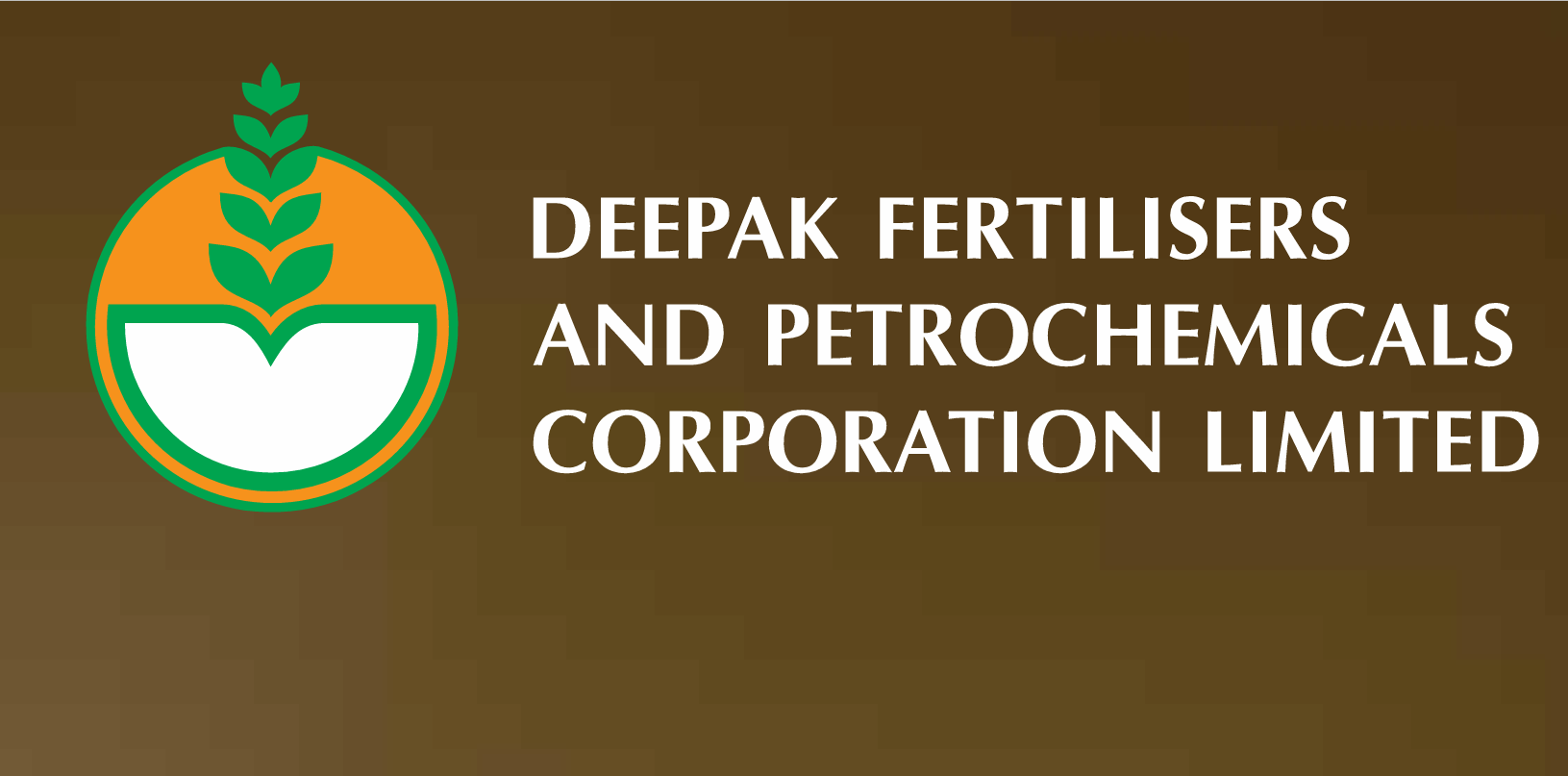
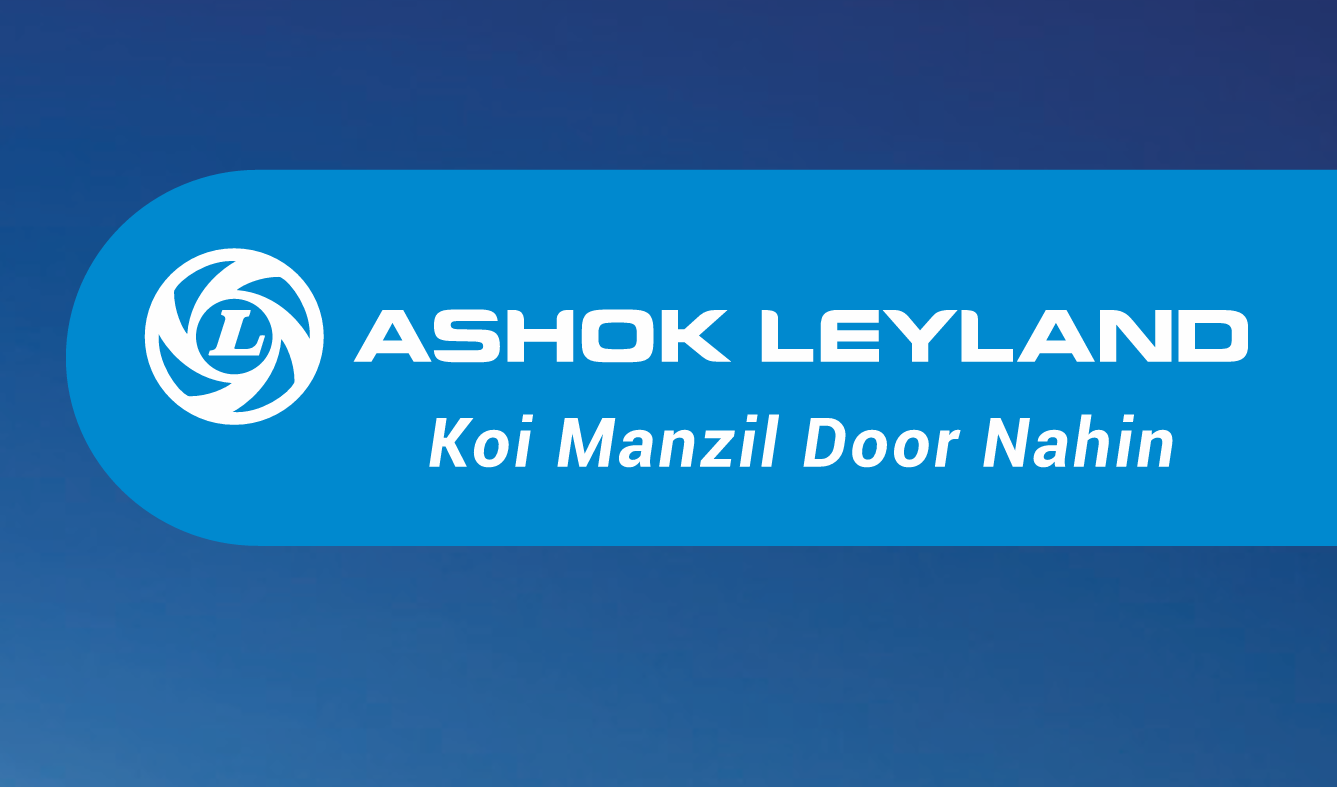
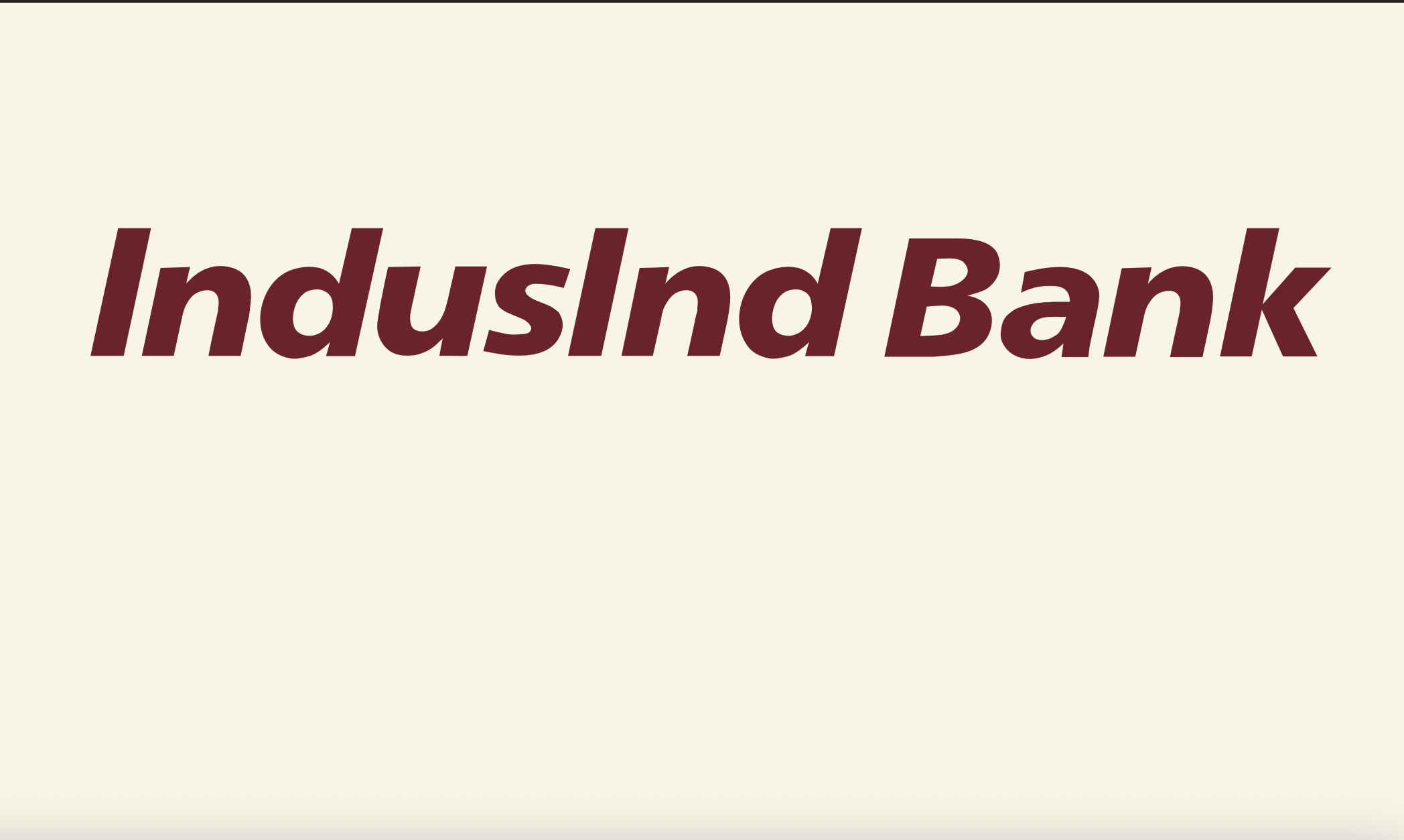
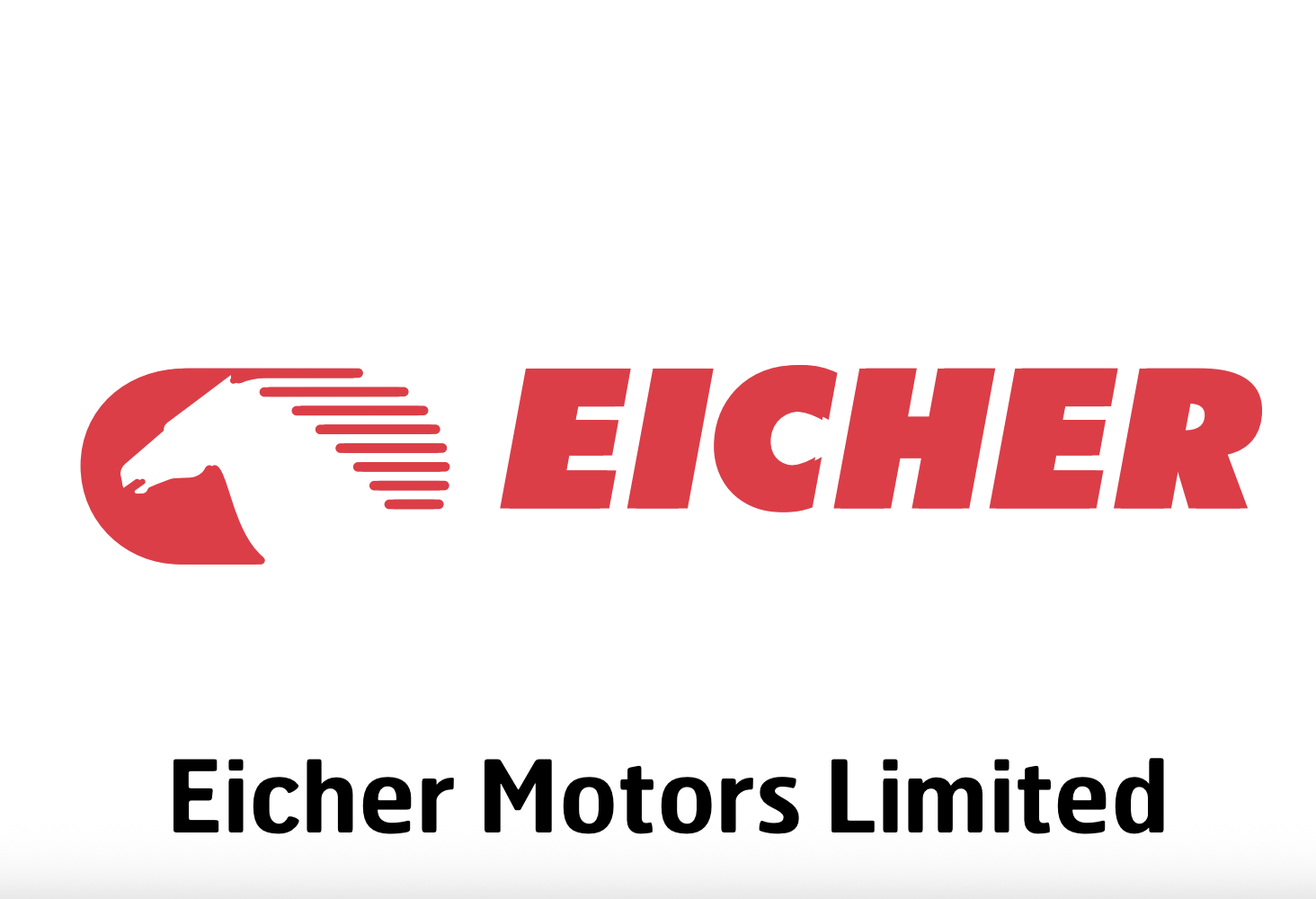
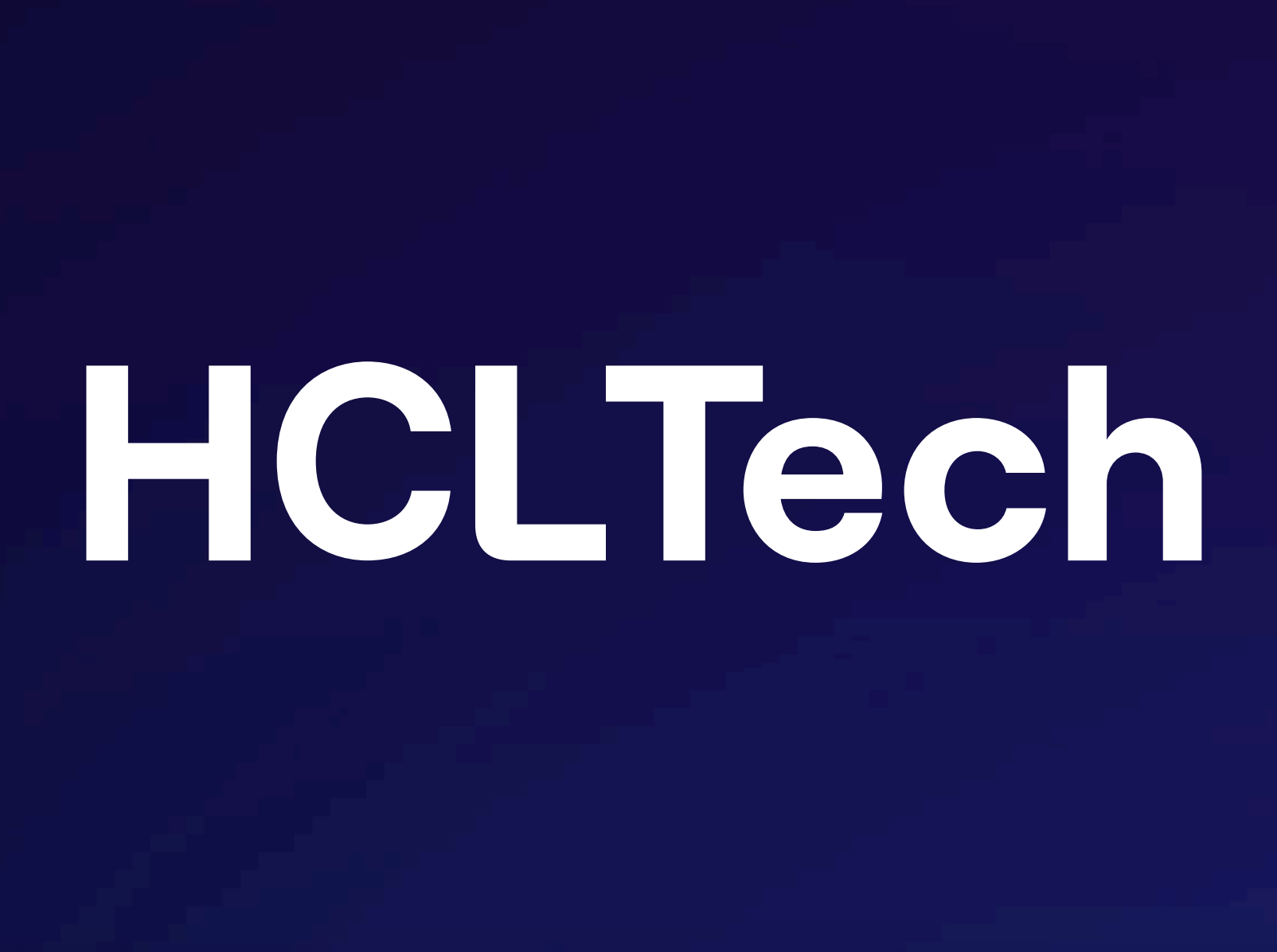
Informative and concise
Love it!